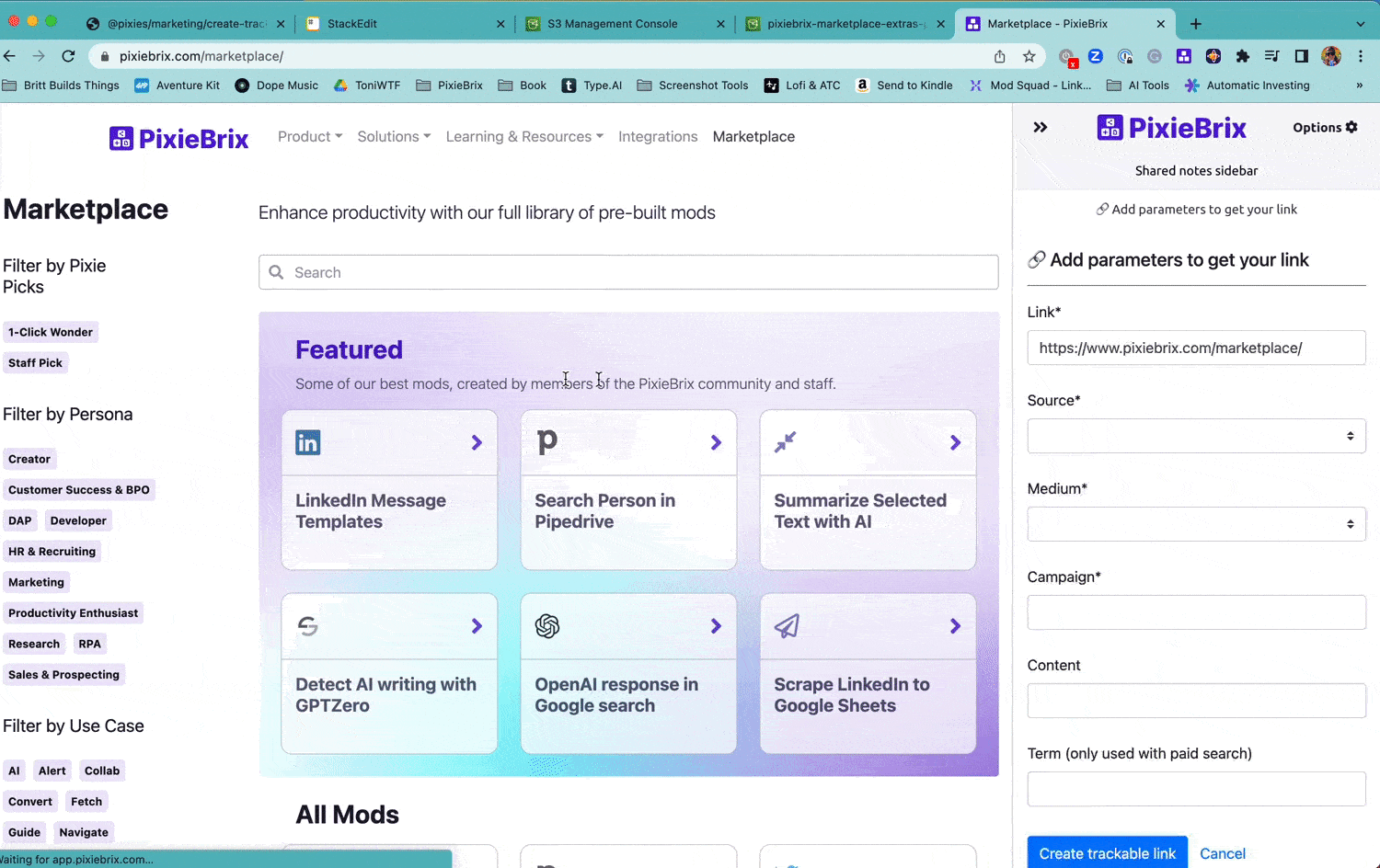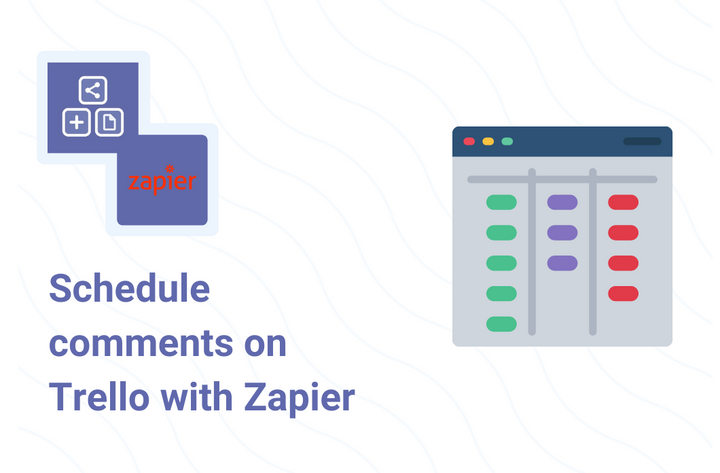What Are UTMs and How Can They Help You?
Build UTMs with PixieBrix. Customize your URLs, build them on the fly, and save them automatically to a spreadsheet.

In today's digital landscape, businesses heavily rely on online marketing campaigns to drive traffic to their websites and gain valuable insights into their customer base. To maximize the effectiveness of these campaigns, it's crucial to have a comprehensive understanding of the data they generate. This is where UTM parameters come into play. In this blog post, we will explore what UTM parameters are and why they are vital for tracking and optimizing online marketing efforts.
What are UTM Parameters? What are UTM codes? What is UTM tracking?
UTM parameters, short for Urchin Tracking Module parameters, are snippets of code added to a URL to track the source, medium, and other relevant information about a website visit. They are primarily used in digital marketing campaigns to measure and analyze the effectiveness of various marketing channels, such as email campaigns, social media posts, paid advertisements, and more.
The structure of a UTM parameter typically consists of a key-value pair appended to the end of a URL. The key represents the specific data you want to track, while the value provides the corresponding information. For example, a UTM parameter might look like this:
?utm_source=facebook&utm_medium=social&utm_campaign=summer_sale
Why are UTM Parameters Important?
- Accurate Campaign Attribution: UTM parameters allow you to identify the exact sources that drive traffic to your website. By appending unique parameters to different links, you can differentiate between various marketing campaigns, channels, and even individual advertisements. This level of granularity helps you accurately attribute conversions and analyze the performance of your marketing efforts.
- Performance Analysis: By incorporating UTM parameters into your URLs, you gain valuable insights into the effectiveness of different marketing channels. You can analyze data such as the number of visits, bounce rates, conversion rates, and goal completions for each campaign. This information enables you to optimize your marketing strategies by focusing on the channels that deliver the best results and making data-driven decisions.
- A/B Testing and Experimentation: UTM parameters are instrumental in conducting A/B testing and experimentation. By creating multiple UTM-tagged versions of the same link with slight variations, you can compare the performance of different elements, such as headlines, calls-to-action, or images. This iterative approach allows you to refine your marketing campaigns based on real-time data and improve their overall effectiveness.
- Custom Campaign Tracking: UTM parameters offer tremendous flexibility when it comes to tracking specific marketing initiatives. You can create custom parameters to track unique elements like keywords, target audience segments, geographic locations, or even specific affiliates. This level of granular tracking provides insights into the demographics and behavior of your audience, allowing you to optimize campaigns and tailor your messaging accordingly.
- Integration with Analytics Tools: UTM parameters seamlessly integrate with popular web analytics platforms, such as Google Analytics. By linking your UTM-tagged URLs with your analytics tool, you can view detailed reports on user behavior, traffic sources, conversions, and other crucial metrics. This integration empowers you to generate comprehensive reports, monitor the success of your campaigns, and identify areas for improvement.
Best UTM Building Platforms
- Google Analytics Campaign URL Builder allows you to create customized URLs with specific UTM parameters, which can be attached to your marketing assets such as emails, social media posts, or advertisements. By adding UTMs (Urchin Tracking Modules) to your URLs, you gain the ability to track and analyze data within Google Analytics, providing detailed insights into the performance of your campaigns.
- UTM Builder is a user-friendly and efficient tool to create UTM parameters for your marketing campaigns. Whether you're a seasoned marketer or a beginner, this resource offers a seamless experience. By inputting your desired parameters such as source, medium, campaign, term, and content, you can effortlessly create UTM codes tailored to your specific needs. The user interface is intuitive and streamlined, allowing you to quickly generate UTM parameters and apply them to your URLs.
- Buffer UTM Generator Buffer, a renowned name in the social media management space, provides this comprehensive UTM Generator tool as part of their free toolkit. With its user-friendly interface and robust features, this tool simplifies the process of creating UTM parameters for your marketing campaigns. The Buffer UTM Generator ensures accuracy and consistency in your tracking, allowing you to gain valuable insights into the performance of your marketing efforts. Whether you're sharing links on social media or through other channels, this tool enables you to track and optimize your campaigns effectively.
- Terminus helps you consistently enforce your UTM (or CID) tagging rules. Add multiple URLs, choose existing UTM values, create new ones, use a preset to quickly populate common UTM settings, or create a new preset. Everything is designed to help you follow your naming conventions and avoid mistakes.
So what's missing?
PixieBrix. There are tons of UTM builders out there but few of them have all of the features that PixieBrix provides. Our newest mod builds custom URL tracking links for you, saves the newly built links to a Google Sheet, and lets you copy them to your clipboard with a click!

What sets us apart? Our mod is completely free, endlessly customizable, allows for unlimited URLs, and automatically saves any link you build. Plus, you can call on PixieBrix from any page and build the link in our sidebar.



